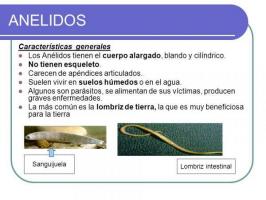Find out how fish reproduce
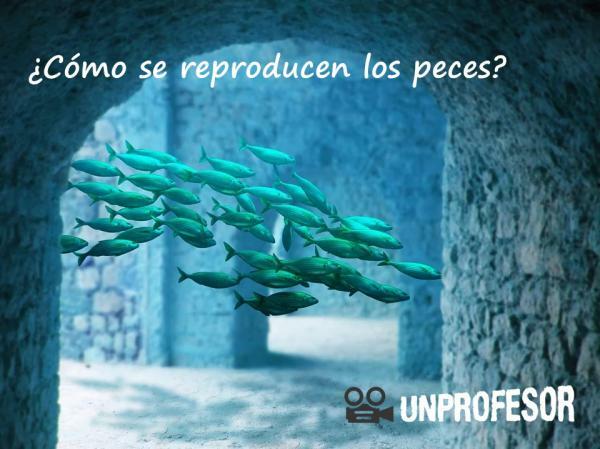
Fish is a very diverse group that is characterized mainly because they are aquatic organisms, with gills and fins of different types. The method of reproduction of fish is usually the laying of eggs (viviparism), which are fertilized in the external environment (external fertilization) but there are also special cases such as hermaphroditism. If you want to know more about how fish reproduce, the types of fertilization that can be given, some examples and more, keep reading this lesson from a TEACHER!
Index
- Oviparous fish
- Ovoviviparous fish
- Viviparous fish
- Hermaphroditic fish
The oviparous fishes.
Although most fish are oviparous, not all are: there are oviparous, viviparous, ovoviviparous and even... Hermaphrodites! Next, we are going to discover how fish reproduce, speaking in the most common way: oviparous.
The oviparous fish they are the majority of marine aquatic fish. In these cases, the embryonic stage occurs within the eggs, a receptacle made up of several layers and membranes. that cover the embryo and protect it and inside which is the yolk, a nutritive substance that feeds.
Most of the time fertilization is external, that is, the female release the eggs inside which her ovule goes, without fertilizing. These eggs remain in the marine environment, attached to the seabed, rocks or other structures, although certain fish have developed strategies to protect them from possible predators: they protect them with their body, form cavities or even transport them in the mouth, which they only open when the fertilization. There are fish that even present a strong territorialism and the females defend the place of laying of their eggs with their lives.
In other cases, the male can carry out fertilization while the egg is still inside the female. Once the egg is fertilized, the female releases it to the environment. This is called internal fertilization and you should not confuse it with the reproduction of ovoviviparous, which we will see next. Internal fertilization in viviparous fish is not very common.
Some examples of oviparous fish are: salmon (Salmo salar), Carp (Cyprinus carpio), the barracuda (Sphyraena spp), common trout (Salmo trutta) and tuna (Thunnus spp).
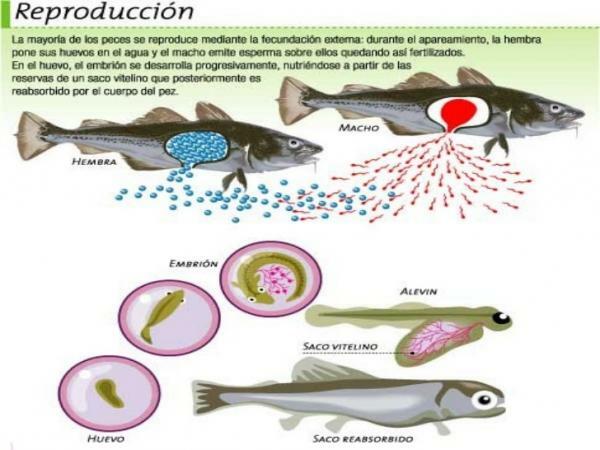
Image: Slideshare
The ovoviviparous fish.
Following this lesson on how fish reproduce, let's now talk about fish ovoviviparous which are those in which, the eggs remain in the body of the female once they have been fertilized by the male. In this case, the eggs do not go outside, as would happen in a fish with oviparous reproduction with fertilization. internally if the egg remains inside the female, the offspring grows and, when the moment, the egg hatches inside the female.
This type of reproduction it is a hybrid between oviparous reproduction and viviparous: an egg is generated, whose yolk will nourish the embryo during its development but it remains within the female and, once developed, the young (fry) are released to the outside and are already fully independent.
In this case we are facing a internal fertilization so the males, in order to copulate, have modified their tail fin. This becomes a gonopodium, a structure responsible for introducing sperm into the female's ovarian cavity.
This type of reproduction is more typical of freshwater fish than of marine fish. If you've ever wondered how the fish that live in our home aquariums reproduce, here is the answer: most of them are ovoviviparous.
Some examples of ovoviviparous fish aquarium are the Poecilids: guppies (Poecilia reticulata), endlers (Poecilia wingei), mollinesias or mollys (Poecilia sphenops. There are also large marine animals that are ovoviviaparos such as the manta ray (Birostris blanket), the White shark (Carcharodon carcharias) and the tiger shark (Galeocerdo cuvier).
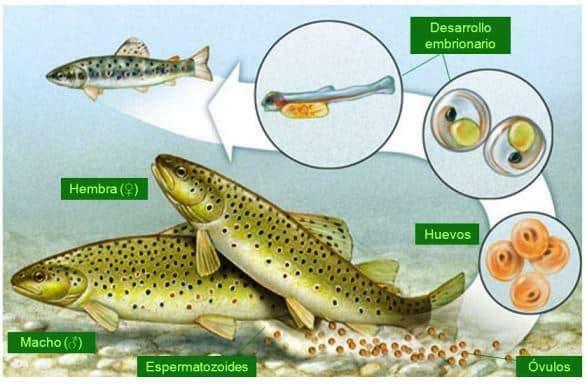
Image: Oviparous animals
Viviparous fish.
If you've ever wondered how the larger marine fish, you will know that most of them do it viviparously.
In this group of animals, the male has modified one of his ventral fins, called a pterygopod, which he uses as a copulatory organ to introduce sperm into the female. We are facing a internal fertilization. Once fertilized, the female will endure a pregnancy very similar to that of mammals or man. Once the calf is fully formed and can be more or less independent, it leaves the female's body through childbirth.
Although it may seem like a more complicated form of reproduction than other fish, is the safest since, although the number of offspring that the mother can bear is lower, their chances of survival are much higher.
Some examples of viviparous fish they are the smooth thighMustelus mustelus), the gray shark (Carcharhinus amblyrhynchos).

Image: Animalsde.net
Hermaphroditic fish.
In this last section of the lesson we will explain a very particular case: how the hermaphroditic fish. While in most animals, an individual can be female or male, in hermaphroditic animals, the same organism can be male or female. There are different types of hermaphroditism, and in the case of fish the most common are the following:
- Sequential hermaphroditism. The same individual can be one sex at the beginning of his life and after another. There are cases in which, early in life, individuals have female sexual organs but when they reach maturity, they change those sexual organs to the male variety. This occurs for example in maidens (Coris julis) or the snout wrasse (Gomphosus varius). In other cases it is the other way around, the organisms are first male and, upon reaching maturity, they become female. Examples of this type of hermaphroditism is that which occurs in clown fish (Amphiprion ocellaris) or the golden ones (Sparus aurata).
- Simultaneous hermaphroditism. An example of a simultaneous hermaphroditic fish is the Pale Serrano (Serranus tortugarum), which presents both female and male sexual organs. This allows it to change its sexual role numerous times a day and therefore it can act as a male or a female during the same laying period.
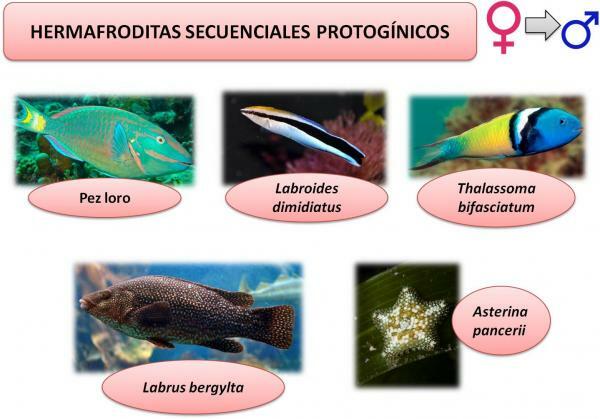
If you want to read more articles similar to How fish reproduce, we recommend that you enter our category of biology.
Bibliography
- Aquarium Costa de Almería (November 28, 2018). How do fish reproduce? Recovered from https://www.aquariumcostadealmeria.com/peces/como-se-reproducen-los-peces/
- Ecured (s.f). Reproduction of fish. Recovered from https://www.ecured.cu/Reproducci%C3%B3n_de_los_peces
- L'Aquarium Barcelona (September 13, 2017). The reproduction of fish. Recovered from https://www.aquariumbcn.com/blog/animales-flora-marina/la-reproduccion-de-los-peces/
- Wikipedia (October 28, 2019). Aquarium viviparous. Recovered from https://es.wikipedia.org/wiki/Viv%C3%ADparos_de_acuario


